by Yoo Kyung Sung, University of New Mexico, Albuquerque, NM
“Russian children’s literature and culture are obscure subjects in the West. When they come up in a conversation, even the most Russia-savvy students shrug their shoulders and produce a genuinely puzzled look on their faces “ (Balina & Rudova, 2008, p.xv,)
Earlier I looked at two books, Breaking Stalin’s Nose and Arcady’s Goal, set in repressive Stalinist Russia. I then introduced The Family Romanov: Murder, Rebellion & the Fall of Imperial Russia, an informational text describing the establishment of the Soviet Union. In doing so I developed a real curiosity about the development of children’s literature written in Russia. Continue reading



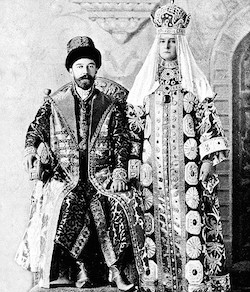
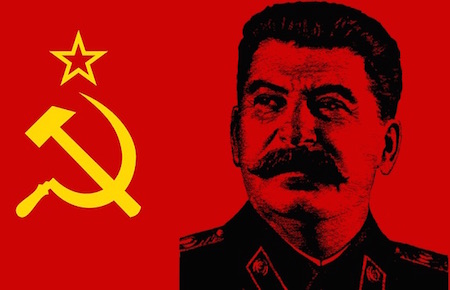


 Our writing for this week will take us to explore Home of the Brave, by Katherine Applegate (2008). This is the third book in the text set I created focusing on Global Explorations in verse for my children’s literature graduate course. In this story, we meet Kek, an 11-year-old refugee boy from Sudan, who is relocated to Minnesota escaping the civil war in his country, after witnessing the death of his father and brother. Unaware of her mother’s whereabouts, Kek joins his aunt and cousin in the U.S., and begins a memorable journey into learning to live in a different culture and in a different language. In this unforgettable story of hopefulness and resilience, Applegate makes use of spare free verse to tell Kek’s immigration story.
Our writing for this week will take us to explore Home of the Brave, by Katherine Applegate (2008). This is the third book in the text set I created focusing on Global Explorations in verse for my children’s literature graduate course. In this story, we meet Kek, an 11-year-old refugee boy from Sudan, who is relocated to Minnesota escaping the civil war in his country, after witnessing the death of his father and brother. Unaware of her mother’s whereabouts, Kek joins his aunt and cousin in the U.S., and begins a memorable journey into learning to live in a different culture and in a different language. In this unforgettable story of hopefulness and resilience, Applegate makes use of spare free verse to tell Kek’s immigration story. 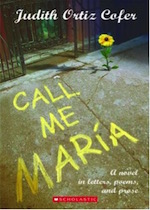

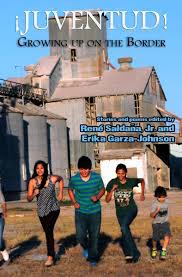
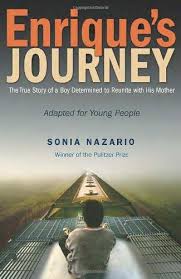 There is an abundance of young adult (YA) literature that lends itself to exploring issues of social justice. Introducing young adults to nonfiction books about societal and global dilemmas can be a very exciting way to engage youth in problem-based learning through literature. One issue that has local, national, and global implications deals with huge influx of unaccompanied and undocumented children from Central America.
There is an abundance of young adult (YA) literature that lends itself to exploring issues of social justice. Introducing young adults to nonfiction books about societal and global dilemmas can be a very exciting way to engage youth in problem-based learning through literature. One issue that has local, national, and global implications deals with huge influx of unaccompanied and undocumented children from Central America.